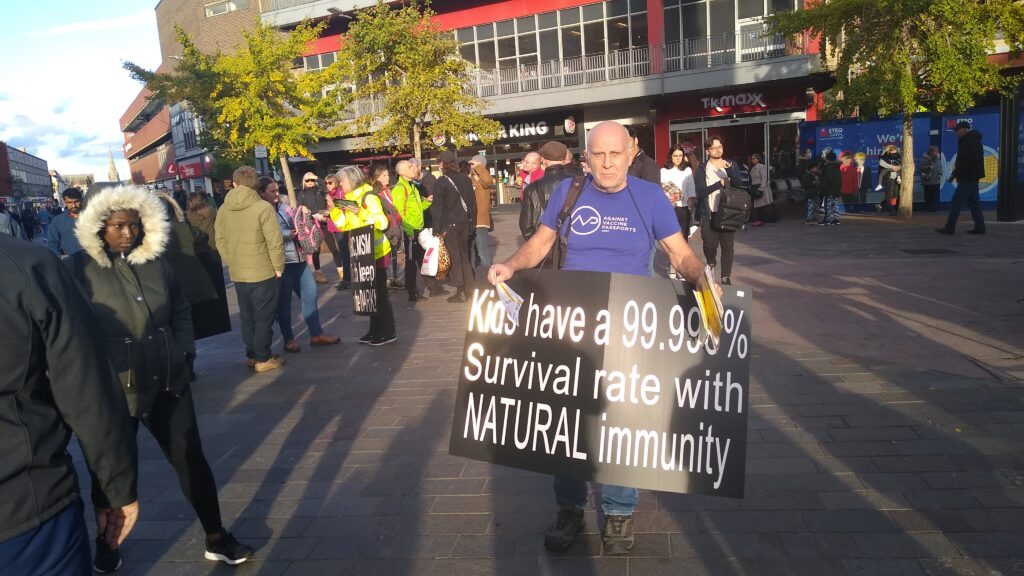My research purpose was to show what (if any) kind of impact CDC report on myocarditis side effects had on covid vaccine resistance among Twitter users. In my attempt to reach this goal of showing the type of impact that the CDC reports on myocarditis side effects of covid vaccine resistance. I found that content analysis applied best to my research’s purpose. Since I was analyzing the rhetoric used by twitter users during the period of January 1st of 2021 to June 22nd of 2021 for data set one and then June 23rd of 2021 to December 31st of 2021 for data set two. Content analysis allows us to differentiate groups based on verbal behavior (Drisko & Maschi 2015). The use of qualitative analysis helped for gaining a better understanding of the reasons that created this behavior (Drisko & Maschi 2015) by twitter users. While quantitative analysis allowed me to gain a nomothetic understanding of a large group of 108 tweets (Drisko & Maschi 2015). After I decided on this, I used the advanced search tool on twitter X to search for some to look up some keywords which were used in research similar to mine such as “Covid Vaccine”, “Anti-Vax” and “Anti-Vaccine” (Chen, Lerman & Ferrara 2020).

Additionally, while looking at data again I found that many of the pro-vax tweets implied a sense of gratitude for the vaccine or indicated happiness after getting the vaccine. I discovered that these tweets felt grateful for the vaccine or feeling happy after receiving it, typically with pictures of smiling faces while getting vaccinated or afterwards. Furthermore, I noticed that many twitter users expressed a sense of fear when talking about the vaccine, this could have been linked to the anxiety-inducing misinformation and rumors which spread because of such misinformation.

One of the patterns among my data set which I found was a shift among tweets which expressed vaccine resistance or hesitancy or twitter users indicating dislike of coercion of the vaccine to discontent with authority as a whole. The switch could have been linked to the rumors of the vaccine mandate and the passport being required to step into public spaces as vaccine passports were required to go to bars, gyms and other public places in New York City in the summer of 2021 (Liao, Herz & Held 2022) and it was assumed other cities would do the same. The misinformation perpetuating such rumors of the spread of government vaccine mandates could be connected to the time the COVID-19 pandemic kept people isolated from the rest of society so many resorted to social media for human interaction and news updates leaving many in a vulnerable position in terms of belief of misinformation (Gerts et al. 2021).

Additionally, I found that many twitter users in both datasets felt the need to clarify that they were not anti-vax but anti- covid vax. Many twitter users felt they had to mention their vaccine history in their tweet so as to avoid being grouped in with past anti-vaccine movements. They wanted to avoid being grouped into those in other anti-vax movements like ones created after Wakeflied’s report on MMR vaccines was published although it was later retracted, vaccine side effects and the “anti vax” vaccine resistance became more and more popular as have claims suggesting vaccines are dangerous (Skafle et al. 2022).
Another shift in which I observed among the data sets during qualitative coding, was a shift from twitter users perceived an unknown risk in relation to the vaccine to belief that there is an undisclosed risk connected to the vaccine. The shift in rhetoric from twitter users feeling as though there is unknown risk to feeling like there is an undisclosed risk, while the subject of vaccination frequently falls victim to misinformation, especially in the case of newer vaccine safety and its side effects which is considered the top cause of vaccine hesitancy (Ngai, Singh and Yao 2022).
One pattern I noticed in the data sets was an increase in discussion of vaccine injury between the first and second data set. Vaccine safety seems to be a popular reason for vaccine hesitancy: research conducted in Australia found that exactly 24% of participants were hesitant towards the vaccine and of this proportion of participants, 89% were worried about vaccine safety (Ngai, Singh and Yao 2022).

Analysis
Although I do feel as though there was a change shown among data sets, I think that this change does not have as much to do with the CDC announcement of Myocarditis as a side effect (CDC), as it does other events during the year of 2021. The passport being required to step into public spaces as vaccine passports in New York City in the summer of 2021 (Liao, Herz & Held 2022) causing rumors of mandates could be linked to an increase in expressions of resistance to authority. Moreover, I think that since the covid vaccine became available to the general public in the spring of 2021 (CNN 2021), there was more of a discussion of vaccine injuries and side effects of the vaccine not being disclosed rather than vaccine injuries and side effects being unknown as there was in the previous data set.
Further Research
Since the rumors of vaccine mandates seemed to be mentioned in many tweets, I believe that further research should be conducted using tweets before and after such rumors began around the summer of 2021. I think that this is more informative of the cause of the increase of expressions of resistance to authority, which I observed.
Limitations
During my research one factor which seemed to place a limitation on my data sets was the twitter ban on misinformation related to Covid-19 in March of 2021. Twitter was attempting to limit misinformation which led to the banning of many users spreading misinformation at the time (The Guardian 2021). The ban was “designed to strengthen the social network’s existing Covid-19 guidance, which led to the removal of more than 8,400 tweets and challenged 11.5m accounts worldwide (The Guardian 2021). The ban may have made my search results smaller, making my data set less accurate to the rhetoric used by twitter users expressing vaccine resistance at the time.